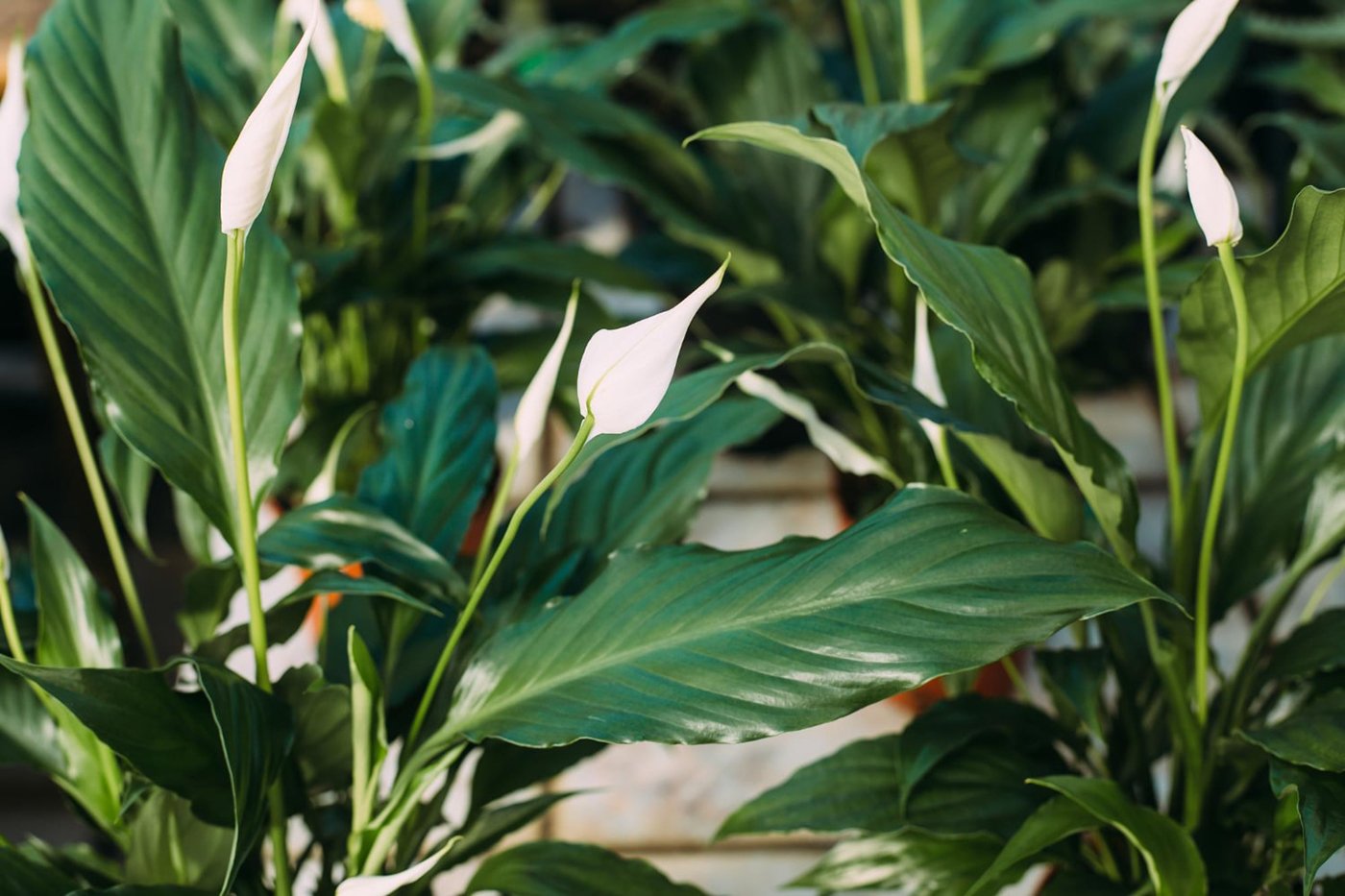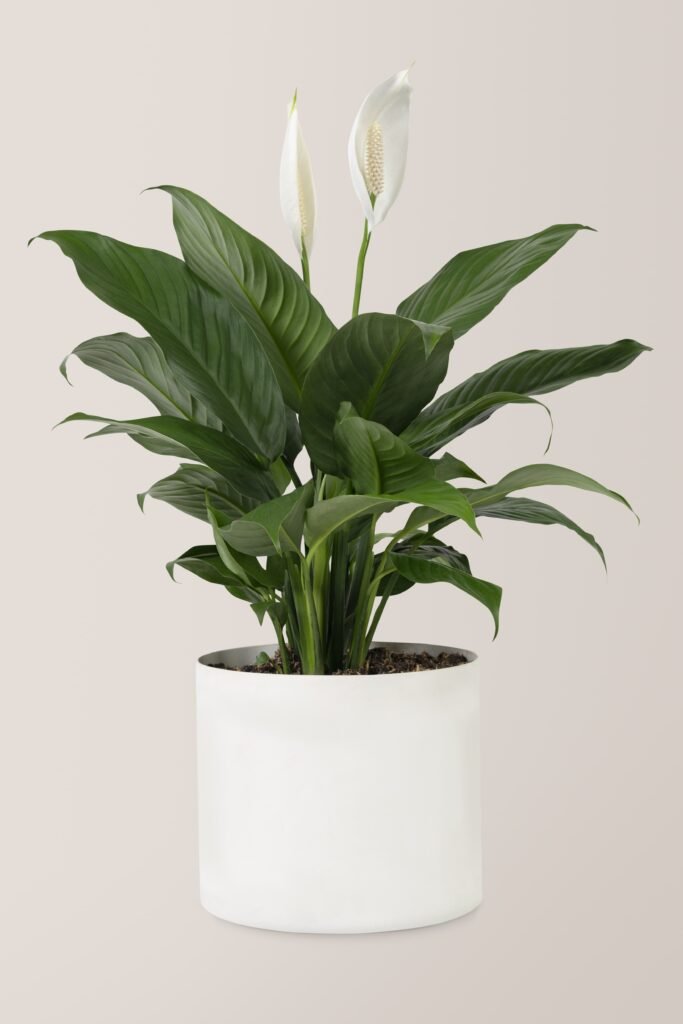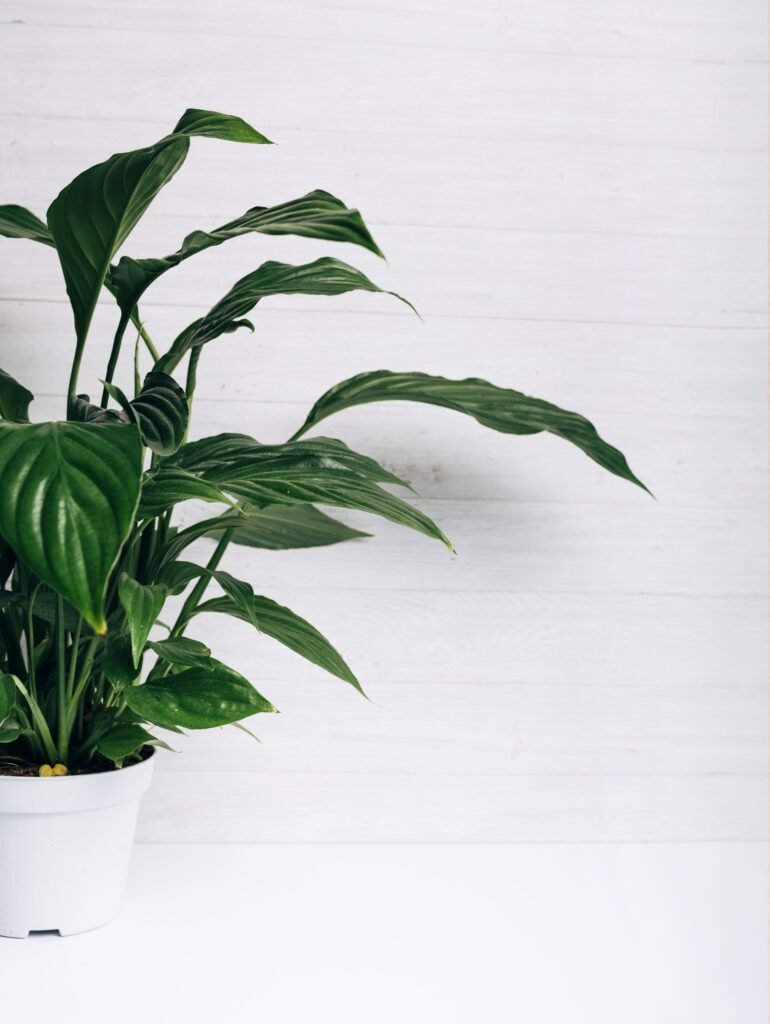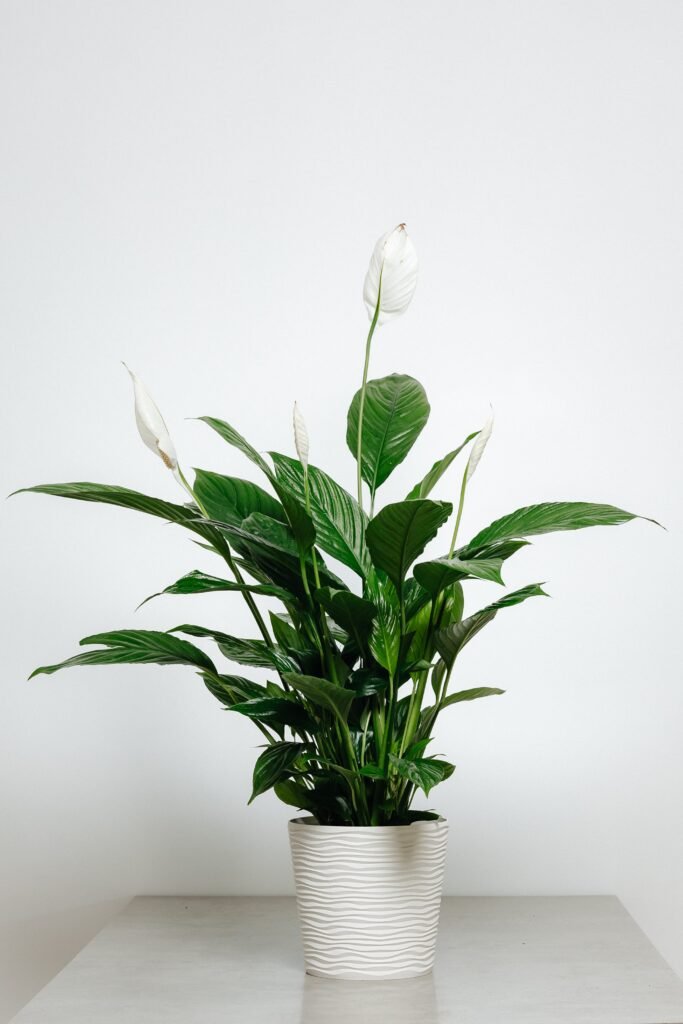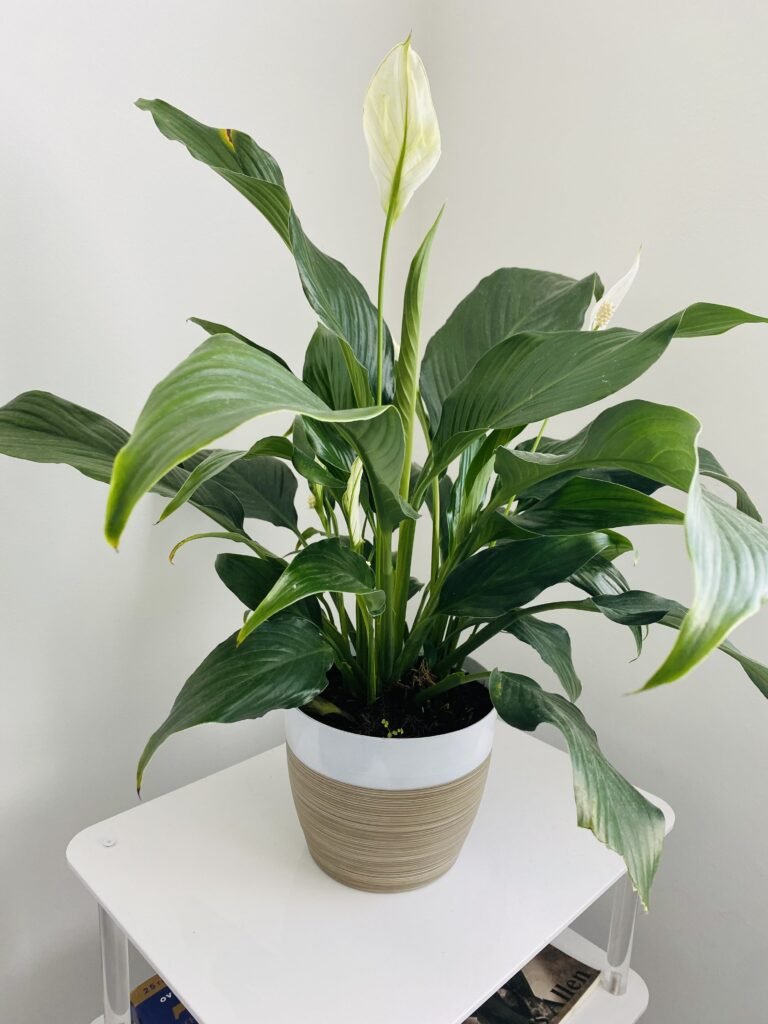SPATHIPHYLLUM
- admin
- July 6, 2024
- Uncategorized
-
Post Views: 95
- 0
- lighting: Spathiphyllum is light-loving plant, but still it is necessary to protect it from the direct sun. It can tolerate low-light conditions, but it blooms much better with enough amount of light.
- watering: watering is carried out immediately after the top layer of the soil dries out by a few inches. Water thoroughly until excess water drains out of the bottom of the pot. Avoid waterlogging to prevent root rot.
- fertilizing: during the vegetation period, feeding is carried out once in 10 days, using a complex mineral fertilizer. Don’t fertilize Spathiphyllum in winter, but if it is still blooming, the feeding is carried out once in 30 days.
- humidity: the air humidity should be high. It is recommended to put a pot with the plant into the tray with moistened peddle stones to increase the air humidity for it. Spathiphyllum must be systematically moistened from a sprayer. When buds form on it, spraying should be made extremely carefully so that drops of water do not fall on them.
- temperature: the level of temperature from spring through summer is 72°F (not lower than 64°F), in winter – 61-64°F (not lower than 50°F). Keep the level of temperature constant and protect the plant from drafts.
- repotting: Spathiphyllum grows quite quickly, so it can be repotted annually. The best time to repot it is spring. Take a wide shallow pot a few inches bigger than the previous one. Use a well-draining potting mix, such as a mix for houseplants.

